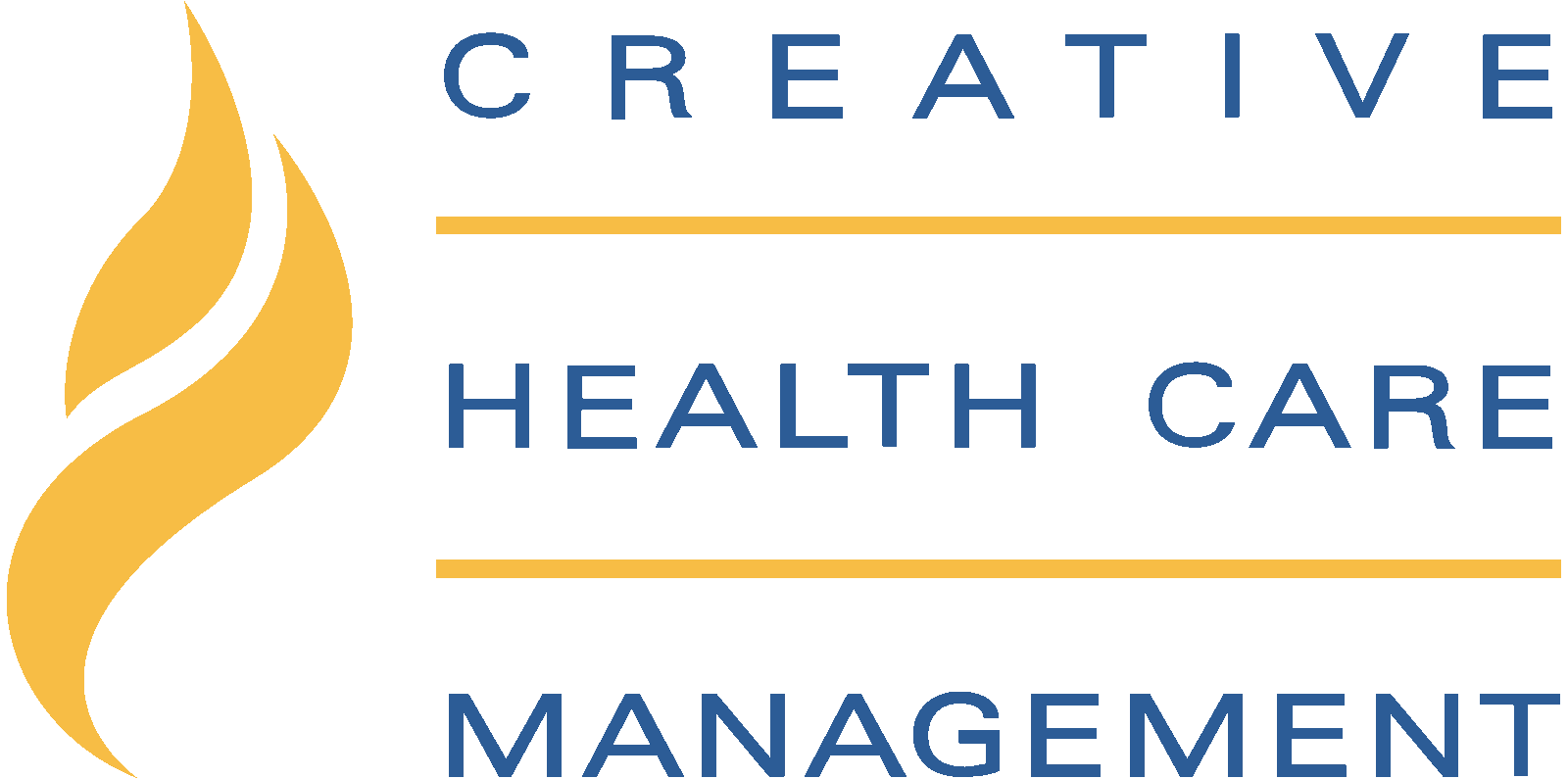In today’s rapidly evolving business and healthcare landscape, developing future leaders with an effective leadership style is more critical than ever. But what does it take to develop the great leaders of tomorrow? In this blog post, we’ll dive into the world of leadership development, exploring its importance, the key strategies for success, and the role of technology in shaping effective leaders. So, are you ready to unlock your leadership potential and drive your organization to new heights? Let’s get started!
Short Summary
- Leadership development equips individuals with the skills and knowledge they need to become successful leaders.
- Talent development is essential for any organization, as it drives organizational culture, enhances the learning process and helps retain talent.
- Best practices include aligning with organizational goals, engaging senior leadership and evaluating program effectiveness, all of which can be seen in action through patient and customer satisfaction .
Understanding Leadership Development

At its core, leadership development is the process that helps individuals gain the skills and knowledge they need to take on leadership roles within organizations. It’s a critical component for the success of any healthcare organization, as it focuses on enhancing an individual’s ability to lead by fostering personal growth, developing key competencies, and implementing effective programs.
But what are these key competencies, and how do we develop them? Let’s dive deeper into the world of leadership development.
Leadership Development Efforts and Competencies
Leadership competencies refer to the core abilities and qualities needed for successful leadership. One of the most essential skills for a future leader is to having strong communication skills. An effective leadership style includes communication, the ability to offer personalized coaching, and enables senior positions to drive their teams and organizations towards their goals.
Moreover, the concept of “employeeship” is gaining traction in the leadership development industry, acknowledging that the qualities of a good leader are not too different from the qualities of a good employee. To focus on the interpersonal links in a team, the best leadership development programs emphasize the importance of interpersonal relationships and the development of both those in a leadership role and their team members.
Leadership Development Programs in Hospitals
Developing leadership competencies programs are designed to:
- Help create a more efficient and successful business by providing leadership training to improve leadership skills
- Nurture better leadership roles for the company
- Shift the organizational culture
- Provide an up-to-date approach to fill in the gaps left by traditional processes
- Focus on strategy execution
- Retain talent
Hospital organizations invest in these programs is to create a more efficient and successful business by developing and implementing organizational behavior, good leaders, high performing employees and fostering a positive impact on the overall culture and work environment.
These programs draw on modern leadership models, relying on empirical research and making use of the latest technology to increase success for their organizations data and outcomes. Assessing the organization with a focus on its organizational behavior including C-suite leadership, employees, specific skills, on the job learning, and strategy execution allows a hospital organization to figure out any dysfunctional behaviors and tailor the training to the current situation. A thorough assessment of the organization is the key to successful leadership development programs.
Why is Leadership Development Important?

Leadership skills and development are incredibly important for any organization and imperative within hospitals. They help create strong teams and ensure successful completion of initiatives, projects, and other work functions. When done properly, leadership development can have a real impact, bringing benefits such as:
- Improving the bottom line
- Attracting and developing talent
- Executing strategies effectively
- Helping to navigate change more successfully
A lack of capable leadership talent can be very costly for organizations, from the morale, advertising, recruitment, and relocation costs to the time spent training new employees.
So, how do leadership skills drive workplace culture and enhance employee engagement? Let’s find out.
Implementing Culture Transformation
Culture transformation is the set of values, expectations, and behaviors that all team members follow. Leaders can significantly shape organization’s culture by setting expectations, giving guidance, and modeling the behavior they want to see.
A strong organizational culture is essential because it shapes how employees interact with each other and with patients and families, ultimately influencing the organization’s success.
Creative Health Care Management “CHCM” offers Relationship-Based Care® (RBC) to organizations around the world. Relationship-Based Care® is a culture transformation care model and operational framework for healthcare organizations improving employee engagement and retention, patient experience, quality, safety, and financial performance.
CHCM’s Leading an Empowered Organization workshop prepares leaders at all levels to accept ownership of their work and helps them reach their full potential. This course was developed out of health care for health care leaders. It improves staff participation in decision making, builds organization-wide accountability, and delivers a healthier work environment.
Enhancing Employee Engagement
Employee engagement is the level of enthusiasm and dedication employees have for their work, their teams, and their organization. Great leaders create a positive atmosphere and work to remove any potential roadblocks for themselves and their team, which in turn helps to increase employee engagement.
Good leadership is always inspiring and encourages everyone around to take on similar positive leadership traits.
Key Components of Effective Leadership Development

To ensure effective leadership development, it’s crucial to focus on key components such as assessing current leadership abilities, setting personalized development goals, and measuring progress and results. Assessments are particularly important as they help us identify areas for improvement and create a benchmark for future comparisons and assessments.
But how do we assess and have unlimited access to C-suite leadership, employees, and set personalized development goals, and measure the increase success? Let’s explore these components in more detail.
Assessing Current Leadership Roles
Assessing current leadership roles is key for figuring out what’s strong and what could use some work, providing a great base for growth. To begin developing good leadership, we need to assess the existing leadership and each employee’s leadership and skill set.
Assessing current leadership roles can help organizations pinpoint areas of improvement, craft tailored development plans, and track progress. Comprehensive evaluations can involve surveys, interviews, and assessments to measure leadership competencies.
Setting Personalized Development Goals
Setting personalized development goals ensures that everyone’s unique goals and desires are taken into account. This way, we can create more effective development plans that are tailored to each person’s strengths and weaknesses.
The best way to set personalized development goals is to:
- Identify your current skills and abilities
- Assess your current and future needs
- Set realistic goals
- Create a plan to achieve them
Having personalized development goals can give you a boost in motivation and engagement, help you perform better, and make you more satisfied with your job.
Measuring Progress and Results
Measuring progress and results in leadership development is essential for assessing the success of the initiatives and making any needed adjustments. Technology can be leveraged to track and analyze progress by gathering data from different sources, like surveys, interviews, and observations.
This data can be analyzed to spot trends and patterns, which can then be used to make decisions and adjust initiatives. For instance, changes can be made to the structure, content, and timing of initiatives based on data-driven insights to ensure they’re as effective as possible and meeting the desired goals.
Strategies for Developing Leadership Skills
There are several strategies for developing leadership skills, such as building communication skills, cultivating emotional intelligence, and embracing continuous learning. Each of these strategies plays a crucial role in shaping a well-rounded and effective leader.
Let’s examine each of these strategies and uncover how they contribute to leadership development.
Building Communication Skills
Effective communication is a critical skill for leaders, enabling them to inspire, motivate, and guide their teams. Building communication skills can be achieved by:
- Being clear and concise
- Preparing ahead of time
- Paying attention to nonverbal communication
- Watching your tone
- Practicing active listening
- Keeping your audience in mind
- Figuring out the best way to deliver your message
- Avoiding distractions
- Focusing on listening
These skills can be developed through practice and by being mindful of how you communicate. It is important that it is important.
Cultivating Emotional Intelligence
Cultivating emotional intelligence in a good leader is a good investment and essential for understanding and managing emotions, fostering empathy, and building strong relationships. Reflecting on ourselves helps us better understand and control our emotions, be more compassionate, and build stronger relationships.
Practicing emotional intelligence skills is key for improving them. Plus, staying up-to-date with the latest advancements in emotional intelligence and continuously learning helps us grow and develop emotionally.
Embracing Continuous Learning
Continuous learning is vital for leaders to stay current with industry trends, adapt to change, and grow personally and professionally. Leaders can foster a growth mindset by being open to new ideas, taking on challenges, and seeing mistakes as learning opportunities. Furthermore, they can explore new opportunities to learn by attending conferences, taking online courses, classes, reading books, and connecting with peers.
Additionally, leaders who play a minor or major role in an organization can benefit from being open to constructive criticism, seeking out feedback from their mentors and peers, and using that feedback to guide their growth. When creating a learning routine, it’s important to set aside specific time for learning, make a plan for what you want to achieve, and track your progress along the way. Asking questions, exploring new topics, and seeking out different perspectives can help leaders stay curious.
Reflecting on their learning, leaders should take the time to review their progress, pinpoint areas for improvement, and recognize their successes.
The Role of Technology in a Leadership Development Program
Technology plays a significant role in leadership development through digital learning platforms, virtual coaching and mentoring, and tracking and analyzing progress. By harnessing the power of technology, leaders can access personalized, flexible, and accessible learning opportunities, receive guidance and support from experts regardless of location, and gain data-driven insights to inform their development journey.
Let’s take a closer look at each of these aspects and how technology is shaping the future of leadership development.
Digital Learning Platforms
Digital learning platforms offer personalized, flexible, and accessible learning experiences for leaders. The Creative Health Care Insight Leadership Insight 360° discovery tool is a prime example of a platform that can:
- Measure and analyze the leadership skills of your interprofessional leadership team
- Includes self-appraisal, peer feedback, supervisor/manager evaluations, and direct-report feedback
- Offers individualized user dashboards highlight strengths, identify gaps, and track changes over time, empowering individuals and organizations to make their leadership development efforts more targeted and effective
Digital learning platforms can lower both the marginal and opportunity costs of learning a key skill and make it easier to show mastery.
Virtual Coaching and Mentoring
Virtual coaching and mentoring enable leaders to receive guidance and support from experts, regardless of location. Skilled coaches or mentors use online platforms or technology-facilitated partnerships to stay in touch and work together with individuals, helping them reach their goals and unlock their potential.
Virtual coaching and mentoring offer numerous benefits, such as increased access to expert help and guidance, improved communication and collaboration, and better flexibility when it comes to scheduling and location.
To ensure successful virtual coaching and mentoring, it’s important to:
- Set expectations
- Build trust
- Provide feedback and support
- Make sure the coach or mentor is well-versed in the health care field and comfortable with the technology.
Tracking and Analyzing Progress
Tracking and analyzing progress in leadership development is essential for assessing the success of the initiatives and making any needed adjustments. Technology can be leveraged to track and analyze progress by:
- Gathering data from different sources, like surveys, interviews, and observations
- Analyzing the data to spot trends and patterns
- Using the insights to make decisions and adjust initiatives
For instance, changes can be made to the structure, content, and timing of initiatives based on data-driven insights to ensure they’re as effective as possible and meeting the desired goals.
Best Practices for Implementing Leadership Development Programs
To implement effective leadership development programs, it’s important to adhere to best practices such as aligning with organizational goals, engaging senior leaders, and evaluating program effectiveness. By following these best practices, organizations can ensure that their leadership development initiatives contribute to the overall success of the organization and prepare their leaders for the challenges of the future.
Let’s examine each of these best practices in more detail.
Aligning with Organizational Goals
Aligning leadership development initiatives with organizational goals ensures that they contribute to the overall success of the organization. To achieve this alignment, organizations need to assess their current leadership abilities, set individualized development objectives, and track progress and results. This way, the organization can reach its goals and objectives, and the leadership development initiatives are tailored to the organization’s specific needs.
At Creative Health Care Management we have a formula to identify and facilitate greater personal ownership and alignment among teams: Responsibility + Authority + Accountability. This formula is taught in Leading an Empowered Organization, and it unifies organization’s leaders with a common lexicon for clarity around who is responsible, who has authority, and who is ultimately accountable in any given situation.
Engaging C-Suite Leaders
Engaging C-suite leaders in the development process helps create buy-in, support, and accountability for the program’s success. Senior leaders know their annual training budgets and can provide valuable insights and guidance, as well as help create a culture of learning and development within the organization. Their involvement ensures that the leadership development initiatives are aligned with the organization’s strategic direction and are supported by top-level management.
By engaging senior leaders in the development process, organizations can ensure that their leadership development initiatives are aligned.
Evaluating Program Effectiveness
Evaluating program effectiveness is crucial for identifying areas for improvement and ensuring a positive return on investment. Comprehensive evaluations can look at how well a program meets its objectives, including assessing message effectiveness, identifying its strengths and weaknesses, and seeing if different strategies work.
By assessing program effectiveness, organizations can gain key data throughout the program’s development, helping to achieve better results and guarantee a successful leadership development program.
Case Studies: Leadership Development in Action
Through real-world case studies, we can see the tangible impact of leadership development initiatives on transforming company culture and navigating change and growth. These examples demonstrate how leadership development can foster positive leadership behaviors and attitudes, as well as prepare leaders to adapt and make strategic decisions in the face of change.
Leadership development initiatives, also known as leadership development efforts, can help to develop leaders by providing them with the skills and knowledge necessary to effectively lead their teams.
Transforming Company Culture
Leadership development can play a significant role in transforming company culture by fostering positive leadership behaviors and attitudes. For instance, St. Luke’s Magic Valley Medical Center leadership decided to use a crisis as an opportunity for culture transformation by implementing Re-Igniting the Spirit of Caring to help staff rebuild trust and reconnect to their purpose.
This resulted in improved employee engagement and avoided turn over costs, an estimated $589,000 savings, plus more positive organizational culture.
Navigating Change and Growth
Effective leadership development helps healthcare organizations navigate change and growth by preparing leaders to adapt and make strategic decisions. To successfully navigate change and growth by implementing a leadership development program a hospital will be able to assess current leadership abilities, set personalized development goals, and measure progress and results.
Summary
In conclusion, leadership development is a critical investment for healthcare organizations seeking to thrive in an ever-changing business landscape. By focusing on developing key leadership competencies, implementing effective programs, and harnessing the power of technology, organizations can empower their leaders to drive organizational culture, enhance employee engagement, and navigate change and growth. With the right strategies and best practices in place, leadership development can unlock the full potential of individuals and organizations, paving the way for a successful and prosperous future.
Frequently Asked Questions
What are the 5 steps of leadership development?
Leadership development consists of five steps: self-awareness, personal mastery, visioning, role modeling, and relationships. These stages are designed to help leaders maximize their influence, strengthen their organizational capabilities, and develop themselves.
Self-awareness is the first step in the leadership development process. It involves understanding one’s strengths and weaknesses, as well as recognizing the impact of one’s behavior on others. Personal mastery is the second step.
What are the 4 pillars of leadership development?
Leadership development relies on four pillars: personal development, relational development, strategic development and the development of specific leadership skills.
What are the 7 core skills of a leader?
Achieving greatness as a leader requires mastering 7 core skills: communication, motivation, decision-making, empathy, listening, delegating, and conflict management.
With these skills, you can become an effective and inspiring leader.
How does technology contribute to leadership development?
Technology can help leaders develop their skills by providing digital learning platforms, virtual coaching and mentoring opportunities, and tracking and analyzing their progress.
These tools can help leaders stay up to date on the latest trends and best practices, as well as provide them with the resources they need to stay ahead of the competition. They can also help leaders identify areas of improvement.
What are some strategies for developing leadership skills?
Developing leadership skills requires building communication skills, cultivating emotional intelligence, and embracing continuous learning.
Sources:
https://hbr.org/2019/03/the-future-of-leadership-development
https://en.wikipedia.org/wiki/Leadership_development
https://www.peoplehum.com/glossary/leadership-development
/solutions/relationship-based-care/





